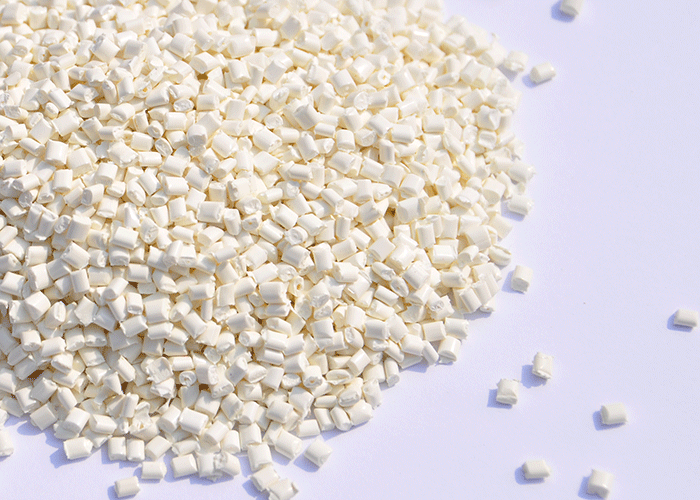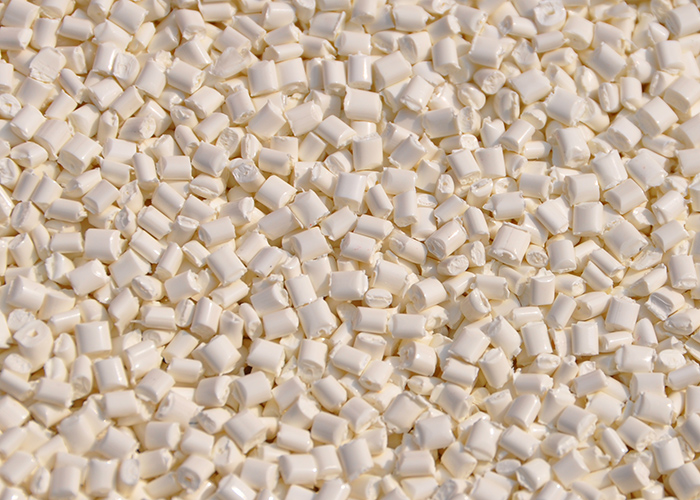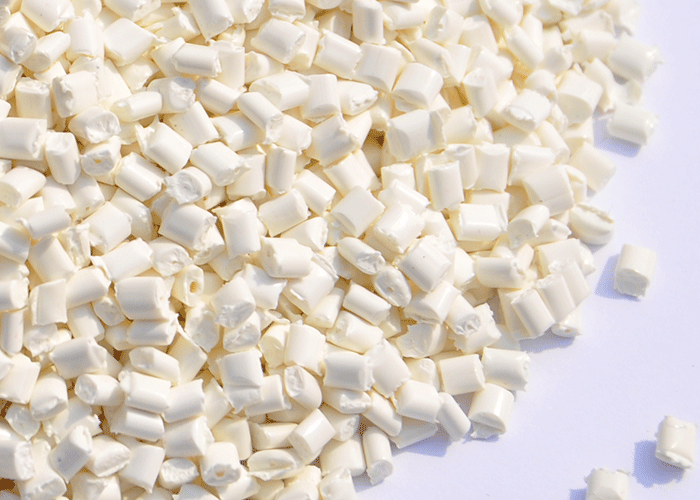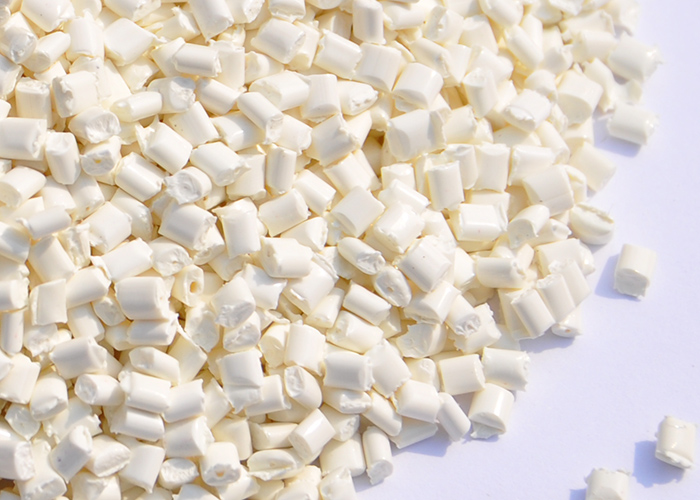- The performance, characteristics and applications of polypropylene masterbatch in the Autumnal Equinox scene!
- Autumnal Equinox "Color" dyed Polypropylene: A Golden Autumn Color-changing Guide for Polypropylene Masterbatch!
- In-depth Analysis of China's Plastic Products Industry in 2025!
- Teachers' Day "Colorful" Conveys Heartfelt Wishes: Polypropylene masterbatch adds color to Festival Items!
- Teachers' Day: "Color" Conveys Heartfelt Wishes: Polyester Masterbatch from Longkou Huacai Plastic Industry Co., Ltd. Adds Color to Festive Items!

- Tel: 0086-13705451607
- Fax: 0086-0535-8719999
- Email: lkhc668@sohu.com
- Add: East Heping, High-tech Zone, Longkou City, Shandong Province
What is nylon masterbatch?
Nylon color masterbatch (also known as Polyamide color masterbatch) is a high-concentration color masterbatch specially designed for coloring nylon (Polyamide, abbreviated as PA) materials. It is processed by mixing pigments, carrier resins, dispersants and other additives. It achieves uniform coloring of nylon products by evenly dispersing a high proportion of pigments in the nylon carrier to form granular products. During the spinning, injection molding, extrusion and other processing of nylon, it only needs to be mixed with nylon raw materials in a certain proportion.
I. Core Components of Nylon Masterbatch
Pigment
It is the core component that determines the coloring effect, accounting for 10% to 50% of the color masterbatch (adjusted according to the depth of the color).
It is necessary to select pigments that have good compatibility with nylon, high-temperature resistance (the processing temperature of nylon is usually between 220 and 280℃), migration resistance, and lightfastness/weather resistance that meet the requirements, such as:
Organic pigments: Bright in color, suitable for light or highly saturated colors (such as red, yellow, and blue);
Inorganic pigments: They have stronger lightfastness and heat resistance, and are suitable for dark or outdoor scenarios (such as black, gray, and brown).
Special pigments, such as pearlescent powder and metallic powder, can endow nylon products with a special luster effect.
Carrier resin
Usually, resins of the same type as the nylon to be colored (such as PA6, PA66) are used to ensure a good blend with the raw materials during processing and avoid affecting the mechanical properties of the nylon (such as strength and toughness).
Dispersants and additives
Dispersants: They help pigments to be evenly dispersed in the carrier, preventing pigment agglomeration (otherwise it will lead to uneven coloring and color spots on the product surface). Commonly used ones include low-molecular-weight waxes and fatty acid salts, etc.
Other additives: Antioxidants (to prevent material aging during processing) and lubricants (to improve processing fluidity) are added as required.
Ii. Characteristics of Nylon Masterbatch
High coloring efficiency
The pigment concentration is high (much higher than directly adding pigment powder), and only a small amount needs to be added (usually at a ratio of 1% to 5%) to achieve the desired color depth, reducing raw material waste.
Good uniformity of coloring
After pretreatment, the pigments are fully dispersed in the carrier, avoiding the problems of "color blocks" and "color spots" that are prone to occur when directly adding pigment powder. This is especially suitable for products with high requirements for color uniformity, such as nylon fibers and films.
Simplify the processing flow
There is no need for separate pigment grinding and mixing. It can be directly mixed with nylon raw materials in proportion and put into production, reducing dust pollution, improving the operating environment, and at the same time lowering the difficulty of equipment cleaning.
Guarantee the performance of materials
The carrier of high-quality nylon masterbatch has good compatibility with the raw materials, and the dispersant is reasonably selected, which can reduce the impact on the original mechanical properties of nylon (such as tensile strength and impact toughness), and avoid the embrittlement of the product caused by poor pigment dispersion.
Iii. Main Application Scenarios
Nylon masterbatch is widely used for coloring various nylon products, such as:
Nylon fibers: such as nylon filaments for clothing, socks, fabrics for outdoor products (tents, backpacks), etc.
Engineering plastics: such as automotive parts (oil pipes, clips), electronic and electrical appliance casings, medical device accessories, etc.
Films/tubes: such as packaging films, infusion tubes, etc.
Summary
Nylon masterbatch is a highly efficient colorant designed specifically for the characteristics of nylon materials. Its core value lies in uniform dispersion, simplified process, and performance guarantee. At the same time, it can meet the requirements of different scenarios for color stability, weather resistance, etc. It is an indispensable key auxiliary material in the production of nylon products. When making a selection, the appropriate masterbatch model should be matched based on the type of nylon (such as PA6/PA66, etc.), processing temperature and the usage environment of the product (such as requirements for light resistance and chemical resistance).
- The performance, characteristics and applications of polypropylene masterbatch in the Autu
- Autumnal Equinox "Color" dyed Polypropylene: A Golden Autumn Color-changing Guide for Poly
- In-depth Analysis of China's Plastic Products Industry in 2025!
- Teachers' Day "Colorful" Conveys Heartfelt Wishes: Polypropylene masterbatch adds color to
- Teachers' Day: "Color" Conveys Heartfelt Wishes: Polyester Masterbatch from Longkou Huacai
- Longkou Huacai Plastic Industry Co., LTD. Plastic Masterbatch: A coloring additive suitabl
- Detailed introduction of polyester Masterbatch of Longkou Huacai Plastic Industry Co., LTD
- The plastic industry maintained a stable trend despite pressure in the first half of the y
- Longkou Huacai Plastic Industry Co., LTD. Polypropylene Masterbatch: Specialized Coloring
- Nylon masterbatch: A material that endows nylon products with rich colors!



